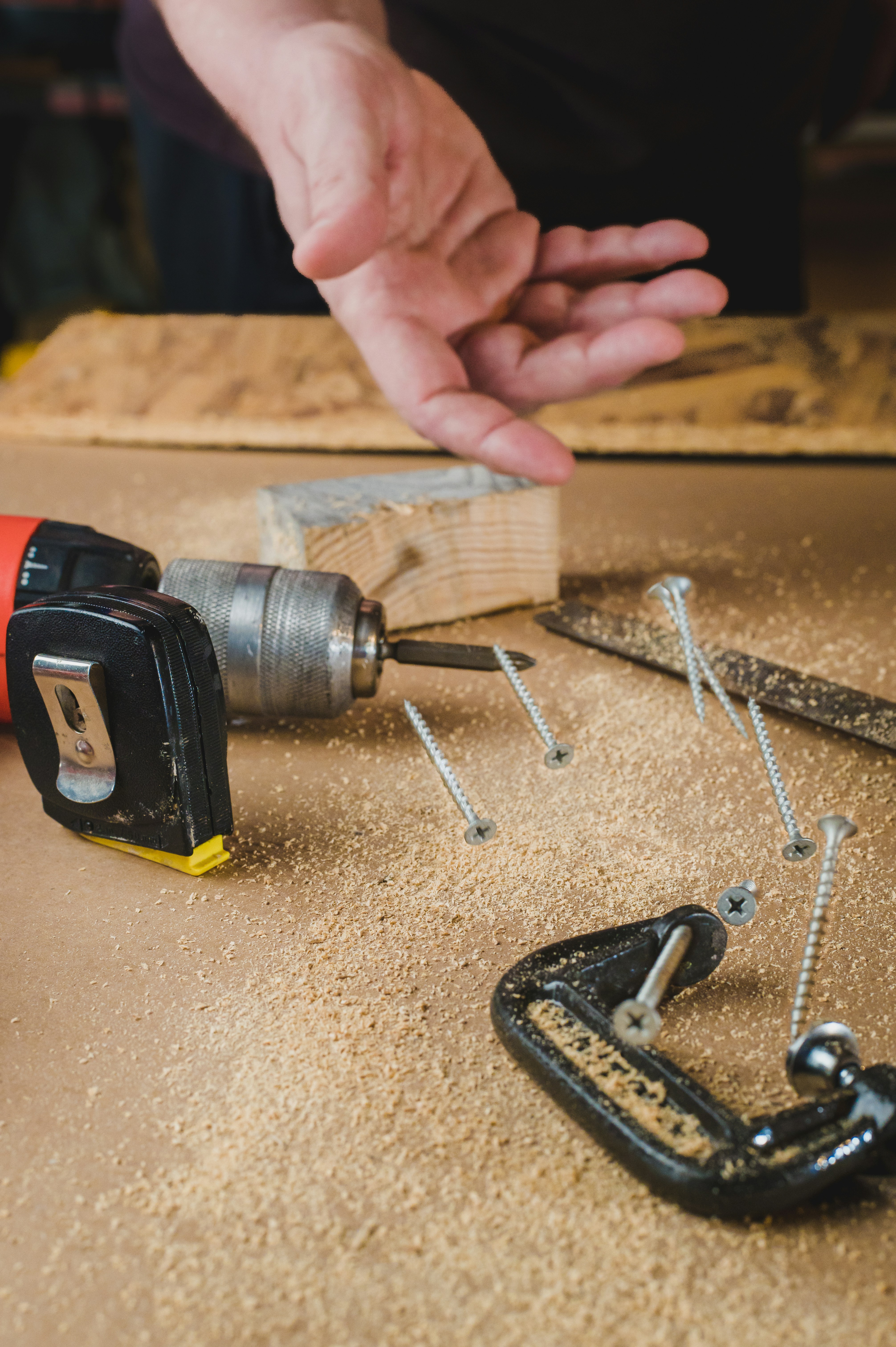How do you do SEO for cafe / a bar / restaurants etc ?
David Williams
16 Jun 2025

SEO for cafe deep dive...
SEO for Cafe: Get Found in Search, Fill More Tables, and Build a Local Following
You can have the best flat white in town, the friendliest team, and sourdough that makes people cry tears of joy — but if your café doesn’t show up when someone Googles?
You’re missing out on customers. Daily.
People are searching for:
“cosy café near me”
“best brunch spot in [your town]”
“vegan cafe with wifi in Shoreditch”
“independent coffee shop Chelmsford”
And if you’re not in those results? They go somewhere else.
That’s why SEO for cafe isn’t about tech. It’s about visibility, trust, and making sure people find you — and walk in the door.
Why SEO for Cafes Isn’t Optional Anymore
Google is where decisions get made — even local, low-key ones.
Customers want to know:
Where’s open right now?
What’s the vibe like?
Do they do oat milk?
Can I get brunch and work there?
With smart SEO, your café shows up for what real people are searching. And that means:
More local traffic from Google Maps and “near me” searches
More first-time customers discovering you
More trust before they even step inside
More consistency — even on slow days
Step One: Build a Website That’s Actually Structured to Rank
Your Instagram might be beautiful. But Instagram doesn’t rank on Google.
You need a proper site — even a simple one — that includes:
A homepage that clearly says what you are and where you are
Menu pages with real text, not just a PDF
Pages for any key offerings — vegan options, takeaway, catering, events, private hire
A contact or booking page with Google Maps, opening hours, and mobile-optimised design
Schema markup (your developer can add this — it helps Google understand your business)
Each page should be written with keywords that reflect real searches — not just brand language.
Be Clear and Specific — “Nice Cafe” Doesn’t Rank
If your site just says “We’re a lovely independent cafe,” that’s not helping your SEO.
Instead, think about what people actually look for, like:
“plant-based brunch in [location]”
“cafe with gluten-free pastries”
“coffee shop with laptop-friendly seating”
“dog-friendly cafe with outdoor seating”
Each of these can be a section on a page or even a full landing page, depending on how core it is to your offer.
The more specific you are, the more likely you are to show up for the right people.
Step Two: Talk About Everything People Might Search
Customers don’t want to dig. They want clarity.
So tell them:
Do you have WiFi?
Do you roast your own beans?
Is there parking nearby?
Are you child-friendly?
Do you do bookings or walk-ins only?
You can answer these in a FAQ section — which also helps SEO by including real search phrases in a helpful format.
Step Three: Create Simple, Targeted Content
You don’t need a blog. But a few smart pieces of content can massively boost visibility.
Ideas:
“Best cafes to work from in [town]”
“Gluten-free brunch options in [town]”
“Our guide to oat milk, almond milk, and more”
“What’s on our seasonal brunch menu this spring”
These can live as blog posts or long-form sections on your site — just make sure they naturally link back to your main pages (menu, contact, bookings).
Step Four: Build Local Trust with Real Proof
People decide fast — and usually on first impressions.
So include:
Reviews (Google, TripAdvisor, etc.)
Star ratings or badges
Instagram galleries showing food, vibe, customers
Press coverage or local writeups (if you have them)
Photos that match your audience (laptop crowd, families, couples — whatever fits)
Put this proof in the right places — not just one testimonials page no one clicks.
Step Five: Technical SEO That Keeps You Competitive
Even small café websites need to get the basics right.
Make sure your site is:
Fast on mobile
Secure (uses HTTPS)
Built with proper heading structure (H1, H2, etc.)
Using clear URLs (e.g.
/menu/not/page?id=123)Updated regularly with hours, photos, and content
And don’t skip this:
Optimise your Google Business Profile.
Include:
Accurate categories (e.g. “Coffee Shop”, “Brunch Restaurant”)
Up-to-date hours and contact info
Lots of photos of food, interior, people
Posts with specials, events, or updates
Encourage happy customers to leave reviews
This is often where people make the decision to visit — without even clicking your site.
Step Six: Local Backlinks Help You Rank Higher
Google cares about who’s talking about you. And the best way to get more visibility is to get featured locally.
Search for:
“write for us” + food blog [your city]
“best cafes in [your town]”
Pitch a feature or submit a small article — or even just invite local bloggers in. A backlink from a real local site helps your domain rank higher, especially for location-based searches.
SEO for Cafe: Quick Checklist
• [ ] SEO-friendly site structure with a real menu
• [ ] Clear info on vibe, offers, opening hours
• [ ] Pages or sections for vegan, gluten-free, takeaway, etc.
• [ ] Real text content (no PDFs only)
• [ ] Mobile-first design, loads fast
• [ ] Google Business Profile fully filled out and active
• [ ] Reviews, proof, and social media integrated
• [ ] Targeted content that links back to your main pages
• [ ] Local backlinks from blogs or press
Final Word: SEO That Brings People Through Your Door
When people are hungry, tired, or looking for their new favourite place — they go to Google.
SEO for cafe isn’t about big budgets. It’s about showing up when it matters most.
Do that well, and you don’t just get found. You get chosen.
Again and again.
Because the café that ranks, builds trust, and communicates clearly?
That’s the one that fills its tables — even on a rainy Tuesday.
Want this customised for your local area or turned into a landing page for a café SEO service? Just say the word — it’s brewing. ☕
More articles
Explore more insights from our team to deepen your understanding of digital strategy and web development best practices.







